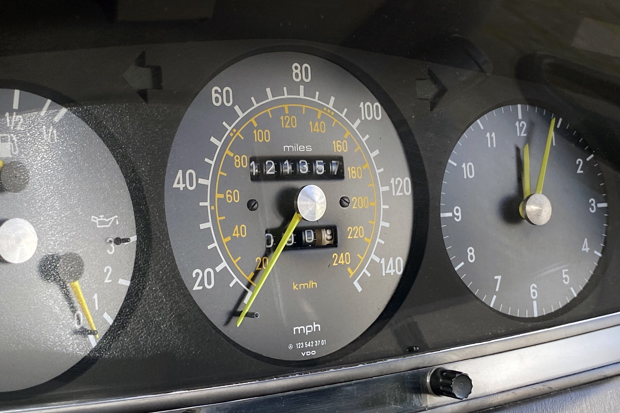Ask of the Week: Which is more accurate - my speedometer or my sat nav?

Dear HonestJohn,
"What is the most accurate speed indicator - analogue speedometer, digital speedometer or GPS on sat navs?"
- LE
Dear LE,
Vehicle speedometers, whether digital or analogue, calculate speed based on the rotation of the wheels or drivetrain. Accuracy can be affected by differences in tyre tread depth, wheel sizes and even tyre pressures.
By law, vehicle speedometers must not under-read nor show more than 110% of your actual speed plus 6.25mph, so they are designed to always over-read by a margin in order to never under-read. This means at a true 70mph your vehicle could be indicating 83.25mph and still be within the vehicle regulations.
Satellite navigation uses GPS to locate your position and can also provide your speed by constantly calculating how long it takes you to cover the distance travelled. Although not necessarily 100% accurate, GPS-calculated speed will usually be more accurate that the vehicle speedometer.
Professional speed testing equipment also uses GPS to provide highly accurate data, but this is done by measuring the Doppler shift in signals from a number of satellites.
If I change tyre size will this make the speedometer inaccurate?


